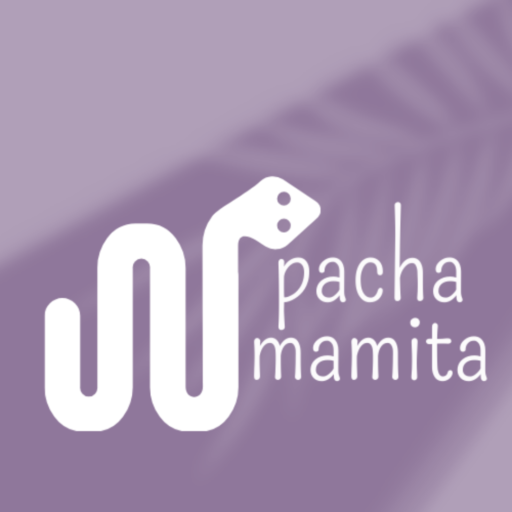![]()
 |
| Sei whale, endangered species |
The Puntilla de Santa Elena Marine Coastal Wildlife Production Reserve was created in 2008. It has a maritime area of 173.4 hectares and is located in Puntilla de Santa Elena, the westernmost point of the Ecuadorian continental coast. It is located very close to growing urban centers such as Salinas, La Libertad and Santa Elena.
An assessment of species richness, carried out in La Puntilla during the warm season, revealed that this area supports species from various regions, but the majority come from the Eastern Tropical Pacific. 86 species of fish have been identified, 16 of which are new records in the Eastern Pacific distribution.
The wealth of marine mammals consists of 16 species, but there is a possibility that in this small area one can find the 24 species that have been recorded in the entire Ecuadorian territorial sea.
However, when analyzing the list according to the threat category, it is possible to realize that the mammals of the Reserve are not going through their best moment. The following are official data according to the REMACOPSE management plan.
- Endangered: 1 Species. Sei Whale
- Near threatened: 3 species. Pantropical spotted dolphin, short-finned pilot dolphin, common dolphin.
- Vulnerable: 3 species. Galapagos fur seal, humpback whale and sperm whale.
- There is still insufficient data for 8 species of mammals and, at the moment, only the South American sea lion does not fall into any of the threat categories.
MAIN THREATS.
Solid waste can be seen along the entire coastline, part of which is transported by sea or due to a lack of environmental awareness in the community in general (inhabitants and visitors).
Lack of monitoring of hydrocarbon-contaminated wastewater discharges, shrimp larvae laboratories and domestic wastewater affect water quality.
Although, thanks to public pressure, corrective measures have been taken at the Libertad Refinery to prevent hydrocarbon spills into the sea from facilities on land, daily loading and unloading operations of hydrocarbons are carried out in tankers, which have caused spills on more than one occasion, the last major one occurring months ago.
The use of harmful fishing gear such as electronic trammel nets, underwater guns and trawl nets with very small mesh eyes affects the entire life chain of the Reserve.
In addition, other elements can be listed that increase threats, such as inadequately defined closed periods, non-compliance with closed seasons, lack of control by the authorities, lack of training for fishermen, among others.
